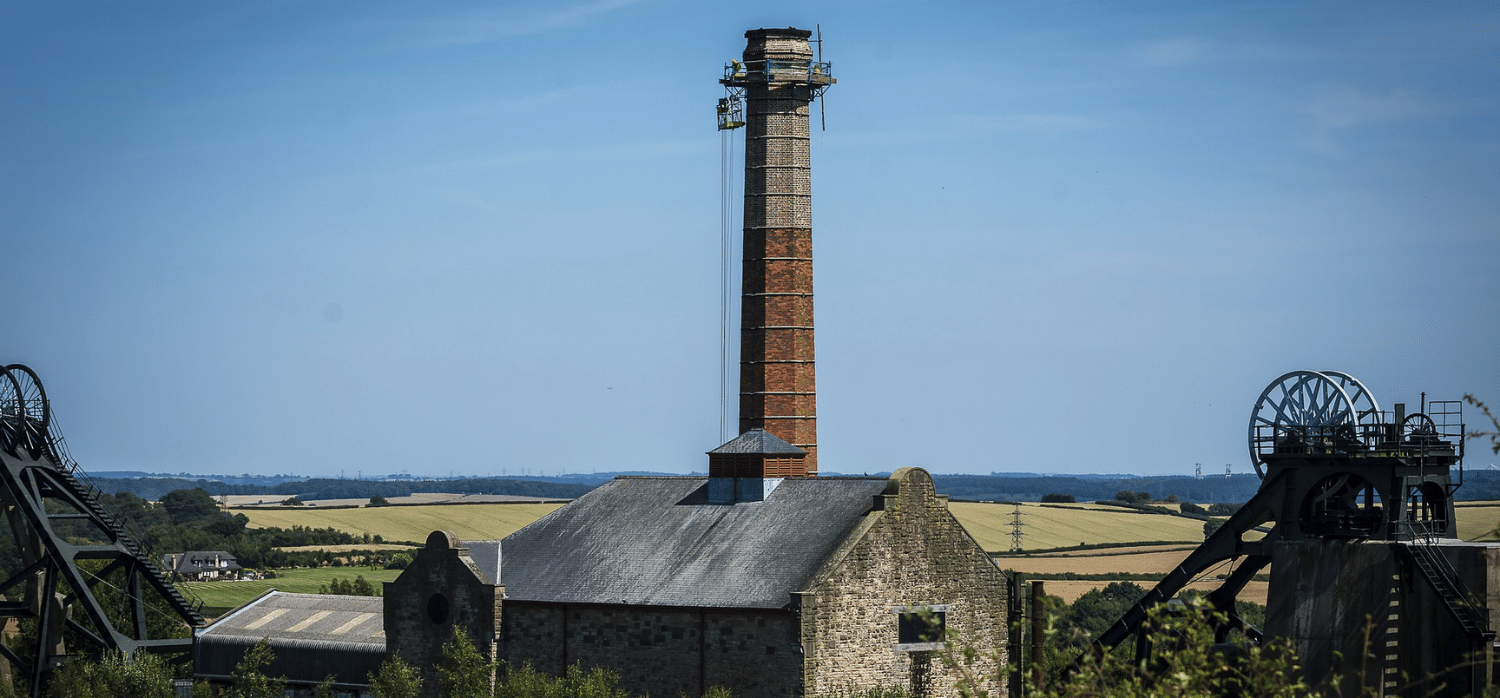
Abandoned collieries are coming back to life as geothermal heat sources for homes and businesses.
As coal mines closed around the UK, they filled with water. Due to the depth of the mine shafts, the water is naturally heated by the Earth. In general, the temperatures of the underground water ranges from 10 to 20 degrees Celsius, although in larger mines, the temperature can rise to nearly 45 degrees Celsius. With nearly 25 per cent of buildings in the UK located above disused coal mines, zero-carbon heating could become a reality for a significant portion of the country.
Bore holes provide access to the water, and a pump pulls the water to the surface and into a system where the water is heated through compression. Once the water reaches the required temperatures of 45 to 70 degrees Celsius for home and industrial use, it is circulated for heating. After the water cools, it is returned to the mine shaft for reheating.
Led by the UK Geoenergy Observatories (UKGEOS), and with investment from the European Regional Development Fund, a number of councils across the country are studying, developing, and building regional mine water heat networks. South Tyneside and Gateshead Councils are two local leaders in this area with plans to commission and build systems beginning in late 2022.
The sustainability of geothermal power is beginning to garner more attention, with Springwise spotting it contributing to urban developments that include a new harbour design for Aberdeen, Scotland, and as part of El Salvador’s new cryptocurrency-based city.